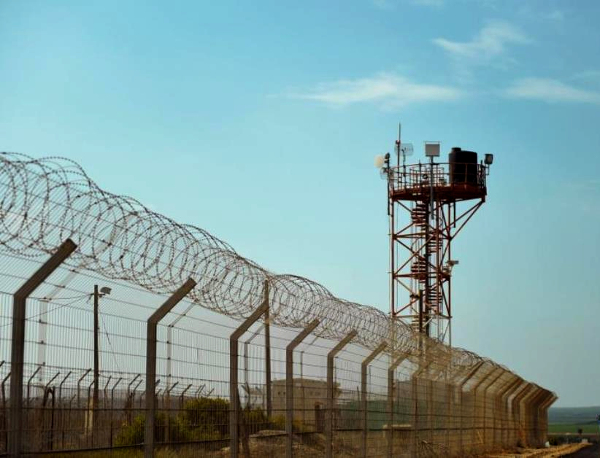CHANDIGARH: In a move which is expected to mitigate huge casualty during laying and clearing of landmines, the Indian armed forces are researching a new sensor-based technology to replace conventional landmines and also detect any land surface intrusion – by a tank or any other vehicle – from across the border.
The system, which has already gone through few trials, has sensors which will trigger relay to a missile warhead to destroy the “intruder” after it has crossed the border.
Scientists of the Central Scientific Instruments Organisation (CSIO) and Terminal Ballistics Research Laboratory (TBRL), a Defence Research and Development Organisation laboratory, who are working on this project jointly, explain that the application has already been used successfully at the Rajaji National Park in Uttarakhand to avert accidents involving elephants crossing the railway track.
“The sensors detected elephants at the park accurately as they approached the railway track. Their thermal imagery and vibrations are specific. Similarly, for tanks or other vehicles the imagery and vibrations are specific. One can differentiate from other objects,” said a scientist.
Thermal images are specific to an object: CSIO scientist
Although, the sensors used for animals have been improvised, the mechanism remains the same,” said a senior scientist at CSIO. The sensor system is known as off route mine, where sensors will be placed at a strategic location across the border. “Field trials have been done successfully for the armed forces. At the moment, a prototype has been tested and stimulated till a 100m distance according to the requirements of the defence forces,” the scientist added.
The system will have thermal cameras besides a seismic and an acoustic sensor. “Seismic sensors shall be buried deep into the ground to sense the vibrations of any movement. Whether the object is to be taken or not, would depend on the signature of vibrations produced,” said a TBRL scientist. The seismic sensors activate acoustic sensors that can identify the sound of an incoming vehicle. Accordingly, these signals are passed on to thermal sensors that click images of the object and send data to the monitoring station. “Thermal images are specific to an object. For instance, the surface temperature of a man differs from that of a tank or any other objects,” said a CSIO scientist.
Even the direction of the approaching tank or vehicle can be sensed by an off route mine system. “There is an assumption in the layout. We are seeing the enemy from the front side of the monitoring station. Signatures produced from vibrations of Indian tanks and the other side may be same or different. So we distinguish between the two by using the assumption that the enemy is located in front of the LOC,” said a defence expert.
Source: ToI
Image Courtesy: TJP
You may also like
-
IAF Aircraft Set Course For Exercise Eastern Bridge VII At Oman
-
IAF Set To Host The Indian Defence Aviation Exposition-II At Jodhpur
-
Defence Secretary to co-chair 5th India-Philippines Joint Defence Cooperation Committee meeting in Manila
-
Simultaneous Launch Of ‘malpe And Mulki’, Fourth And Fifth Ships Of Asw Swc (Csl) Project
-
Aatmanirbharta in Defence: MoD signs Contract with HAL for 240 AL-31FP Aero Engines for Su-30MKI Aircraft
